This article was co-authored by Alina Lane, DDS. Dr. Alina Lane is a Dentist who runs All Smiles Dentistry, a general practice dental office based in New York City. After completing a DDS at the University of Maryland, Dr. Lane completed a year-long clerkship in Implantology at the University of Maryland, where she focused on the advanced restoration of dental implants. She continued her advanced education by completing a General Practice Residency at Woodhull Medical Center, an affiliate of the NYU School of Medicine. She received the Woodhull Medical Center Resident of the Year 2012-2013.
There are 9 references cited in this article, which can be found at the bottom of the page.
wikiHow marks an article as reader-approved once it receives enough positive feedback. In this case, several readers have written to tell us that this article was helpful to them, earning it our reader-approved status.
This article has been viewed 241,243 times.
Personal hygiene can be a sensitive subject to bring up to a classroom of students or to your own children. It is important to instill good hygiene practices early on to prevent cavities, infections and other health problems. Your child or student must also feel safe discussing this topic with you, especially as they begin to go through puberty. Most teens must change their personal hygiene habits at this point. There are a number of ways to teach personal hygiene. In most cases, you must explain how germs work, develop a hygiene plan, and make good hygiene fun. This article will explain how to teach personal hygiene.
Steps
Teaching Children Personal Hygiene
-
1Explain the concept of germs and bacteria. Parenting Magazine suggests you can do this with books, such as "Germs are not for Sharing" or "Germ Stories." You can also do a miniature science experiment where you show your child or classroom videos or microscope slides of typical bacteria found on the hands.[1]
- You can find some videos on You tube. You can also visit the themayoclinic.com or cleaninginstitute.org to discover what hygiene recommendations are currently being made. They may have changed since you were a child, since the discovery of other bacteria.
- To actively demonstrate how we transfer germs, try the chalk experiment with your children. Have a box of chalk powder ready. Dip your hand in it. Shake hands with one child and ask the child to shake hands with other children. All of them have chalk powder on their hands, having come just from the initial dip! Explain saying that germs also spread in similar manner. This visual explanation may do more than any words to help you show the problem to your children.
-
2Teach children the 6 steps of hand-washing immediately after explaining these germs. You should wet your hands, apply soap, lather the soap, rub your hands for at least 20 seconds, rinse them and dry them. You can use your bathroom or a large school bathroom to do this activity.[2]
- Teach children a 20 to 30 second song to sing to themselves while they wash their hands. A song such as "Happy Birthday" or "Twinkle Twinkle Little Star," can help them to scrub their hands clean for the allotted time. Sing with them the first few times.
Advertisement -
3Have the children or students list all the times it is necessary to wash your hands. Discuss daily bathing in connection with hand washing. Enumerate all the places germs like to hide and how best to clean them with soap and water.[3]
- You can either tell the students where and how to wash, or you can adopt the Socratic method. You can ask students where they think germs may grow and how best to get rid of them. Encouraging casual conversation about hygiene will usually create a more comfortable environment.
-
4Create a dental hygiene lesson plan. The best way to do this is to ask a dentist to personally come and talk to your class about dental hygiene. You should hand out toothbrushes, toothpaste and dye tablets.[4]
- You can also do this at home with a toothbrush, toothpaste, floss and dye tablets. These are available at most dentists' offices to encourage good brushing. Sometimes having them choose their own toothbrush will encourage them to brush their teeth. Kids often respond better when it's something they have a choice in.
- Ask the dentist to explain the germs found in the mouth and how they can harm you. The dentist should tell the students where they hide and tell them how to get rid of them with a twice per day flossing and brushing routine.
- Ask the children to take out their toothbrush and play a 3 minute song. This is the typical time that most dentists encourage people to brush. Ask the students to brush while the song plays and then spit in the sink.
- Consider using fun toothbrushes with musical timers that help teach your kid how to brush for a full 2 minutes.
- Ask them to chew on the dental tablets and rinse. Then, ask them to look in the mirror. The areas where plaque is still active in the mouth will be dyed blue or red, demonstrating how careful we must be when brushing.
- Repeat this activity at home if you do not think your child is brushing enough. Make brushing fun by brushing with them and playing a 3 minute song that they like.[5]
-
5Create a lesson to repeat every flu season. Demonstrate how colds and bacteria are passed around and teach the children to cough into their arm, wash their hands and avoid sharing germs through communal food or supplies.
Teaching Personal Hygiene During Puberty
-
1Pay attention to the changes in your child's body and smells. As they go through puberty, they usually will begin to have a stronger body odor. Discuss this with your child in a private atmosphere as soon as you sense the change.
- Broaching the subject first will help your child to understand what they are going through. Puberty can include changes in mood, such as depression, and other children can be cruel if your child has a strong odor.
- You may need to explain that daily bathing is more important as people grow older because puberty causes body odor. Also, bacteria caused by locker rooms or sports performances requires more attention to showering.
-
2Buy your child's first deodorant for them. You can decide whether you want to include an antiperspirant as well. Tell them to use it every morning, usually after they shower, just as you do.[6]
-
3Speak with daughters about whether they want to start shaving their legs or armpits. While this is also a family/personal decision, some daughters may be embarrassed if they have dark hair and their other friends are shaving. Demonstrate how you shave and buy a matching razor, or the razor that they like.
-
4Speak with your sons about starting to shave. You will need to demonstrate how to safely handle a razor. You may also need to explain that more facial hair will grow in time.[7]
-
5Explain what a period is to a child by the time they are 8 or 9. Each girl should know what to expect when the time arrives. Have some feminine hygiene products on hand and explain how often they should be changed.[8]
-
6Teach teenage hygiene in a classroom setting by explaining the anatomical changes a body goes through during puberty. This may be done in science class or at a separate time. Many schools choose to split the boys and girls apart when they explain puberty and the necessity of keeping up on personal hygiene.
Community Q&A
-
QuestionMy daughter has a bad smell in her armpit. What should we do when we put deodorant on her armpit it becomes darker?
 Community AnswerWhile she is showering maybe use a rag with scrubbers on it to scrub all the bacteria off that's making her armpit smell. If your deodorant makes her armpit darker, use a different one. That current one you're using could have alcohol in it, which is causing your daughter's armpit to become darker.
Community AnswerWhile she is showering maybe use a rag with scrubbers on it to scrub all the bacteria off that's making her armpit smell. If your deodorant makes her armpit darker, use a different one. That current one you're using could have alcohol in it, which is causing your daughter's armpit to become darker. -
QuestionHow can I tell someone she has a bad odor?
 Community AnswerBe kind about it and tell her in private.
Community AnswerBe kind about it and tell her in private. -
QuestionMy daughter uses deodorant but she still has body odor.
 Community AnswerShe still has to shower or take a bath even though she uses deodorant. You can also try to use a different kind if that one is not effective.
Community AnswerShe still has to shower or take a bath even though she uses deodorant. You can also try to use a different kind if that one is not effective.
Things You'll Need
- Toothbrush
- Toothpaste
- Floss
- Dental dye tablets
- 3-minute song
- 30-second song
- Water
- Hand soap
- Deodorant
- Germ books
- Germ slides or videos
- Razor
- Feminine pads and/or tampons
- Shower shoes
References
- ↑ https://kidshealth.org/en/parents/germs.html
- ↑ https://www.cdc.gov/handwashing/when-how-handwashing.html
- ↑ https://kidshealth.org/en/parents/hand-washing.html
- ↑ https://raisingchildren.net.au/teens/healthy-lifestyle/hygiene-dental-care/teen-dental-care
- ↑ https://kidshealth.org/en/teens/hair-removal.html
- ↑ https://raisingchildren.net.au/pre-teens/healthy-lifestyle/hygiene-dental-care/hygiene-pre-teens-teens
- ↑ https://www.aad.org/public/parents-kids/healthy-habits/parents/kids/shaving-kids
- ↑ https://kidshealth.org/en/parents/talk-about-menstruation.html
- ↑ https://www.mayoclinic.org/diseases-conditions/athletes-foot/symptoms-causes/syc-20353841
About This Article
To teach personal hygiene to a child, start by explaining what germs are and how they can spread, since understanding germs will help them understand the importance of being clean! Next, when you’re teaching your child how to properly wash their hands, have them sing a 20 to 30 second song like “Happy Birthday” while they wash, so that they will scrub their hands long enough. Additionally, to encourage children to brush their teeth, allow them to choose their own toothbrush, since kids respond better when they have a choice in something. For more advice, like how to teach personal hygiene during puberty, keep reading!
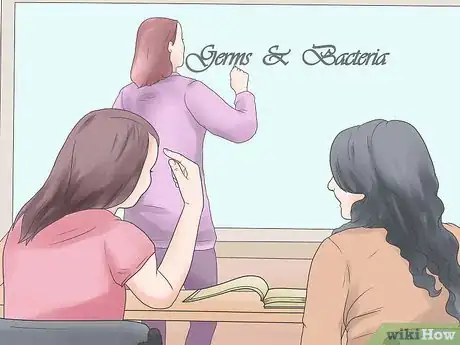
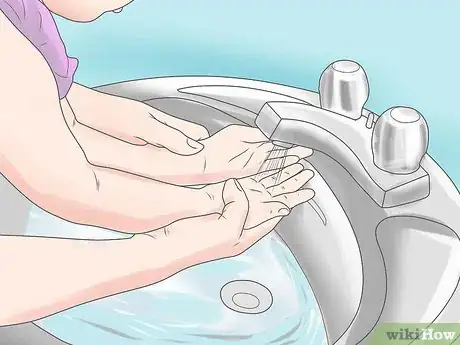
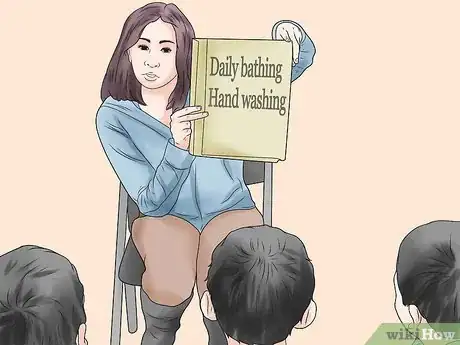
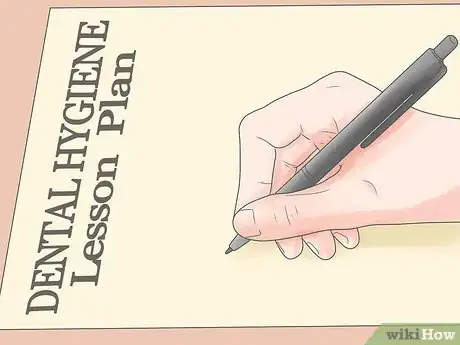
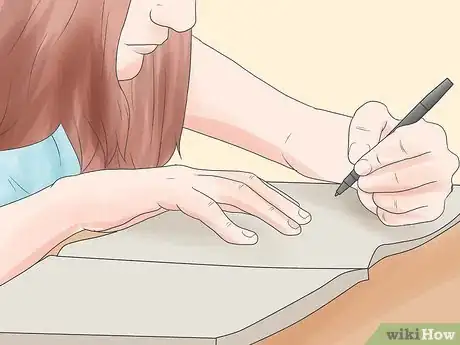
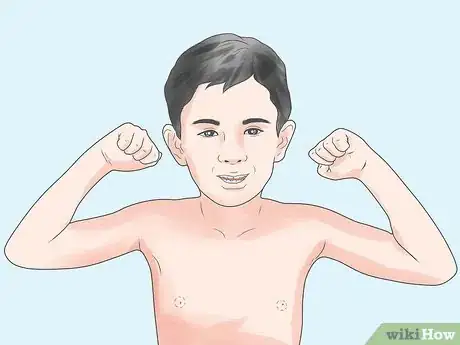


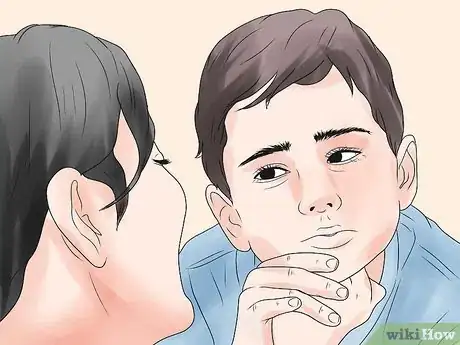



-Step-23.webp)
-Step-8-Version-3.webp)
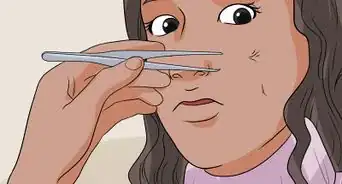

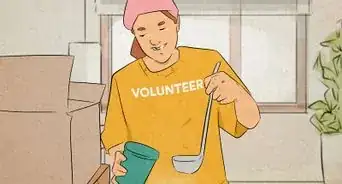




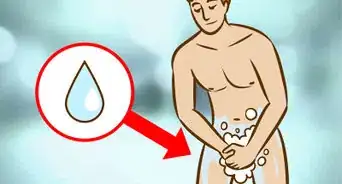
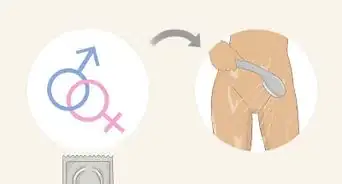

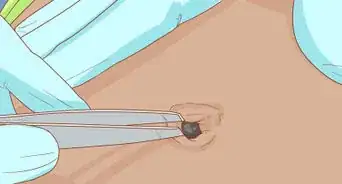











-Step-23.webp)
-Step-8-Version-3.webp)




































Medical Disclaimer
The content of this article is not intended to be a substitute for professional medical advice, examination, diagnosis, or treatment. You should always contact your doctor or other qualified healthcare professional before starting, changing, or stopping any kind of health treatment.
Read More...